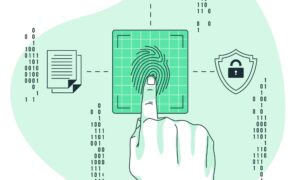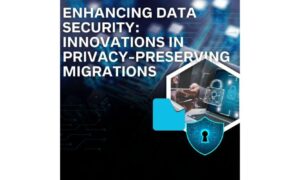Data security has become an indispensable aspect of the software integration process, as data breaches continue to inflict immense financial and reputational damage on organizations worldwide. In today’s interconnected world, where sensitive data flows through multiple systems and platforms, ensuring data security during software integration has become more critical than ever before. With cyber threats constantly evolving, it’s imperative to adopt a proactive approach towards safeguarding your organization’s sensitive information.
As the old saying goes, “An ounce of prevention is worth a pound of cure,” and when it comes to data security, this couldn’t be truer. So, let’s delve deeper into the intricacies of data security during software integration or when your outsourcing for your business and explore some effective strategies for mastering it.
A Brief Explanation of Software Integration
Software integration is the process of combining different software components into a cohesive solution. It involves planning, design, implementation, testing, and deployment. Effective integration requires collaboration, communication, and a focus on data security and privacy. With careful attention to detail and a proactive approach, software integration can help organizations achieve their goals efficiently and seamlessly.
Understanding the Risks of Data Security During Software Integration
Explanation of Potential Security Breaches during Integration
During software integration, data may be exposed to a variety of threats, including unauthorized access, data leakage, or manipulation. Security breaches can stem from weak system configurations, vulnerabilities in the integrated software, or gaps in data protection measures.
Types of Risks Associated with Data Security
- Data breaches: Unauthorized access to sensitive information, leading to data theft or exposure.
- Data corruption: Unintentional or malicious tampering with data, affecting its integrity.
- Data loss: Accidental deletion or hardware failure causing permanent loss of crucial information.
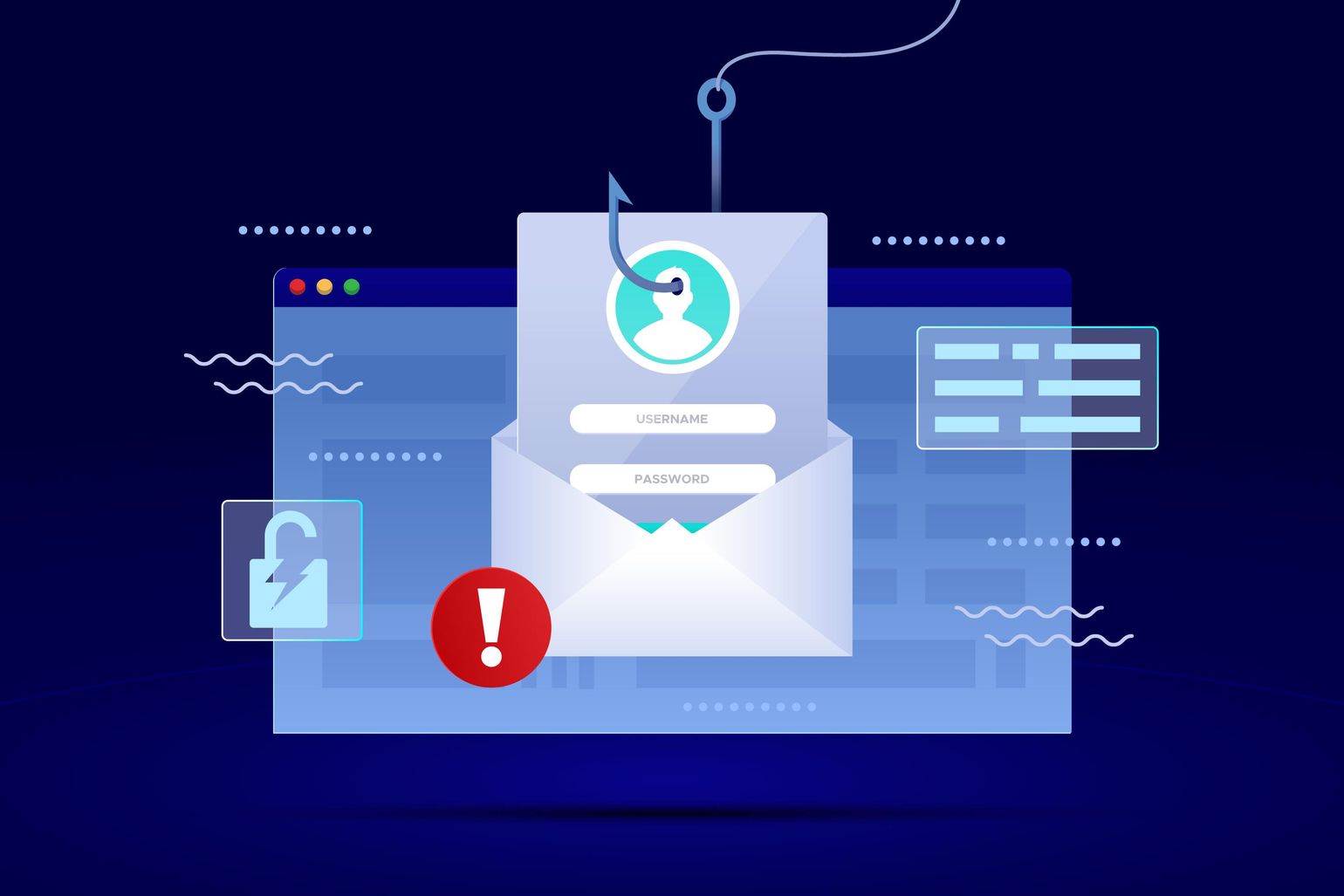
Potential Dangers that Hackers commonly Target
Hackers can exploit vulnerabilities in software integration processes, such as
- Insecure APIs: Poorly designed APIs can expose sensitive data or allow unauthorized access.
- Weak encryption: Insufficient encryption can make data vulnerable to interception.
- Misconfigurations: Improper system configurations can leave security gaps for hackers to exploit.
Data Security Strategies for Seamless Software Integration
Is your organization’s sensitive data at risk during software integration? Discover the top way to ensure ironclad data security and seamless integration, all in one place.
Using Encryption
Encryption is the process of converting data into a secret code to protect its confidentiality. It ensures that only authorized parties can access and decipher the information.
Types of encryption: Two major categories of encryption exist, known as symmetric and asymmetric. Symmetric encryption uses a single key for encryption and decryption, while asymmetric encryption uses a pair of keys (public and private).
Benefits of encryption: Encryption safeguards sensitive data from unauthorized access, ensures data integrity, and helps comply with regulatory requirements.
Authentication and Authorization
Authentication verifies a user’s identity, while authorization determines the level of access granted to authenticated users.
Types of authentication and authorization: Common methods include passwords, multi-factor authentication, and role-based access control.
Benefits of authentication and authorization: These measures prevent unauthorized access to data, minimize the risk of data breaches, and help maintain data confidentiality.
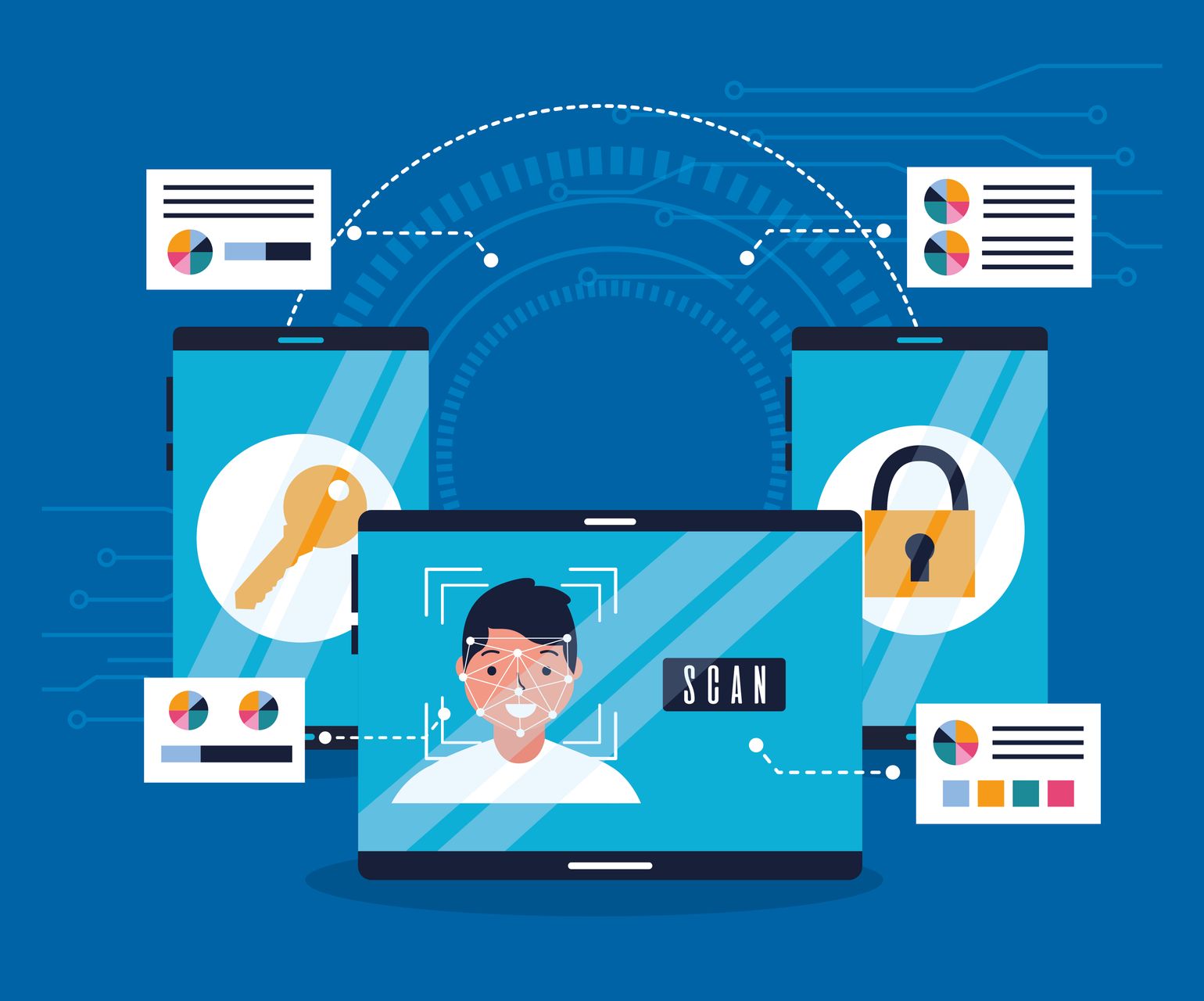
Firewalls
Firewalls are security systems which filter and monitor data packets entering and leaving a network in accordance with established policies.
Types of firewalls: Firewalls can be hardware-based, software-based, or both.
Benefits of firewalls: Firewalls protect against unauthorized access, block malicious traffic, and help maintain network security.
Best Practices for Ensuring Data Security During Software Integration
Conduct a thorough Risk Assessment Before Starting The Integration Process.
Before you start integrating different software components, it’s essential to assess the risks that may arise during the integration process. Identify potential vulnerabilities and threats, and evaluate the likelihood and impact of these risks. By doing so, you can better prepare for potential security incidents and plan ahead to mitigate their impact.
Ensure all Software Components being Integrated are Secure and Up-to-date.
Using secure, up-to-date software components during software integration is one of the best strategies to avoid security issues. Regularly update and patch any vulnerabilities in the software modules to prevent hackers from exploiting them. Additionally, ensure that the software components are from reputable sources and that they are free from malware.
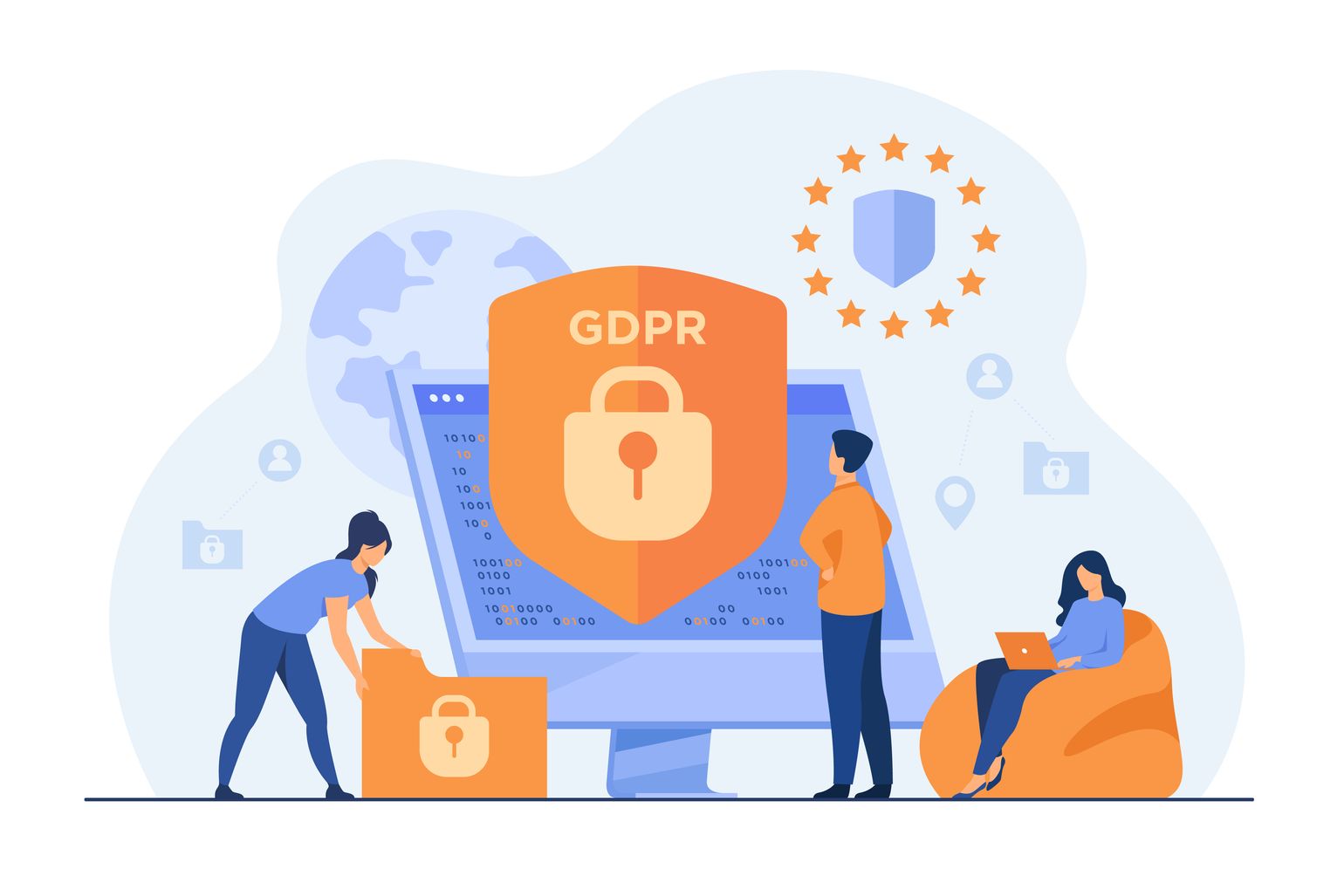
Implement Encryption and Access Controls to Protect Sensitive data.
Encryption is an essential security measure for protecting sensitive data during software integration. Implement encryption on all data that is transmitted between systems to protect it from unauthorized access. Also, ensure that you have implemented appropriate access controls to limit user access to sensitive data.
Use Secure Data Transfer Protocols
When data is moved between different systems, it’s essential to use secure data transfer protocols, such as SSL or TLS, to protect it from interception or tampering. Additionally, ensure that data is securely stored at all times to prevent unauthorized access.
Limit User Access
Limit user access and permissions to only what is necessary for their role during the software integration process. This reduces the potential for human error or malicious behavior that could compromise data security.
Evaluate and Examine The Safety Measures
Regularly test and validate the security measures you have implemented during software integration to ensure they are working as intended and adjust them as needed to keep up with new threats and vulnerabilities.
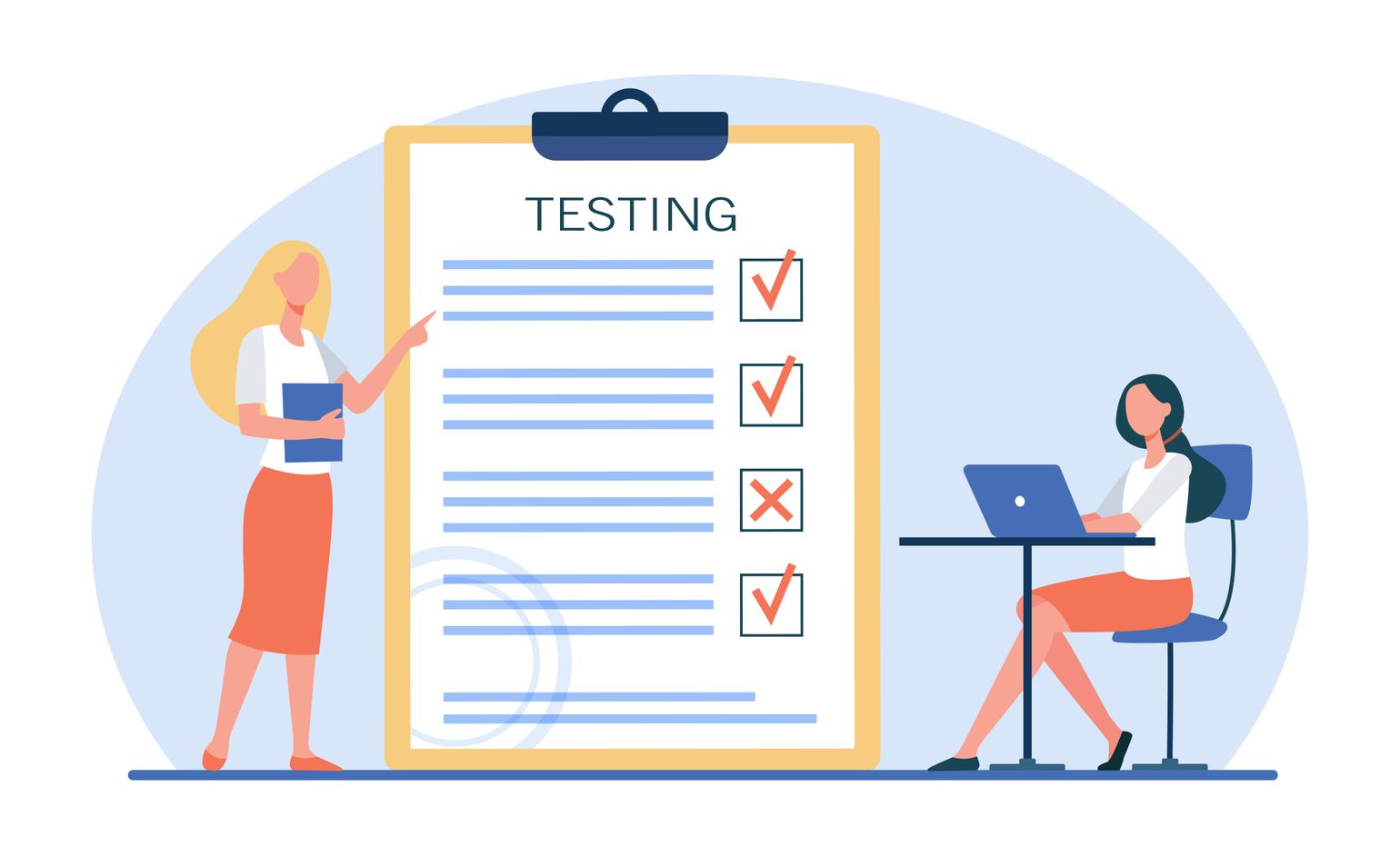
Have a Plan in place for Addressing Security Incidents and Breaches.
Despite your best efforts, security incidents and breaches can still occur during software integration. It’s important to have a plan in place for addressing these incidents and breaches quickly and efficiently. This plan should outline the steps to be taken, the personnel responsible for taking them, and the communication procedures for informing stakeholders.
Conclusion
Data security is crucial during software integration to prevent data breaches that can harm an organization’s reputation and finances. By adopting a proactive approach and implementing encryption, access control, and data backup measures, as well as collaborating between software developers and security teams to ensure data security is integrated into development processes. Prioritizing data security helps organizations maintain their reputation and customers’ trust.
With SupremeTech – an outstanding outsourcing agency, you can achieve seamless software integration while maintaining data security.

 Ensuring Data Security During Software Integration](https://techbullion.com/wp-content/uploads/2023/04/Ensuring-Data-Security-During-Software-Integration.jpg)
